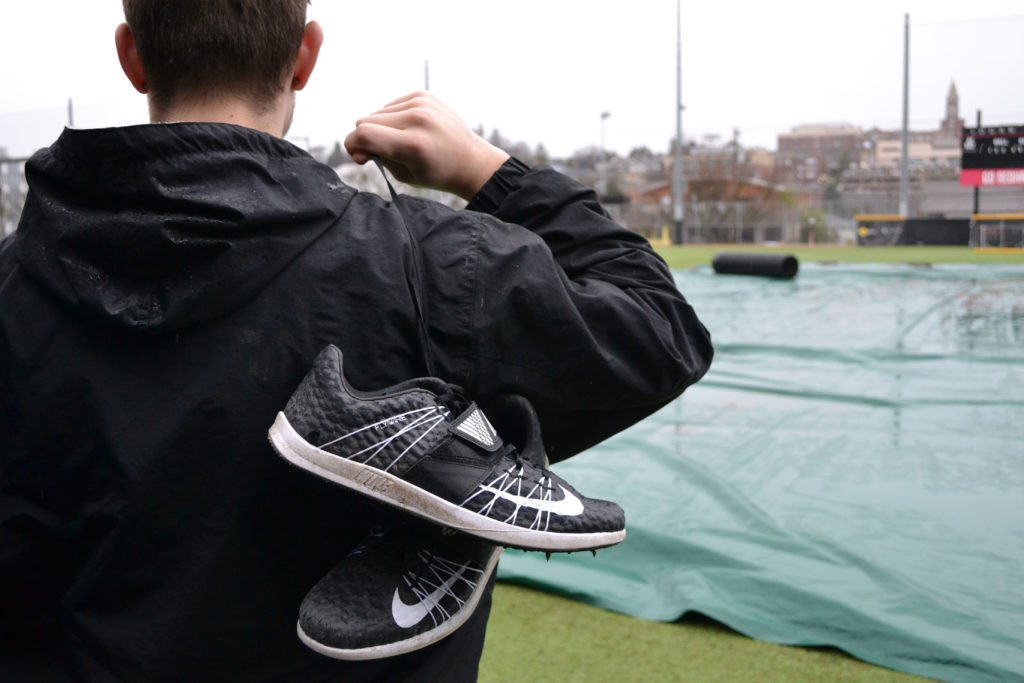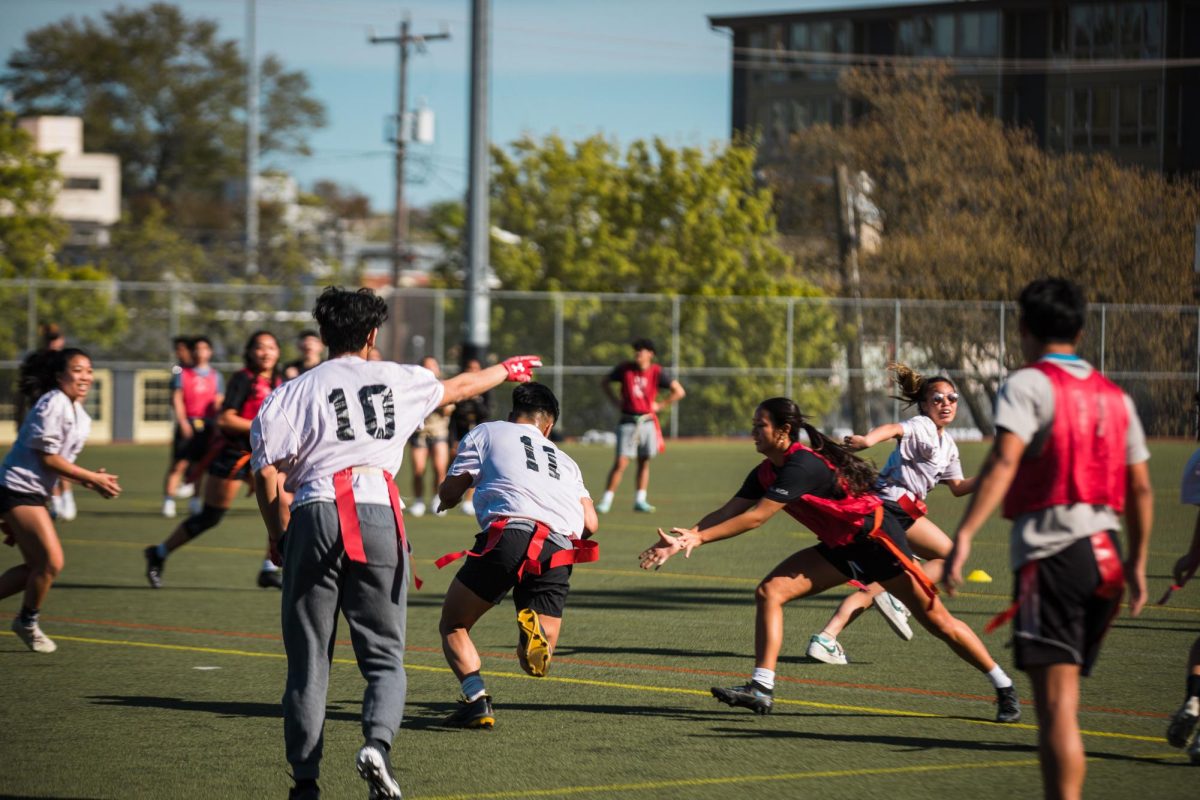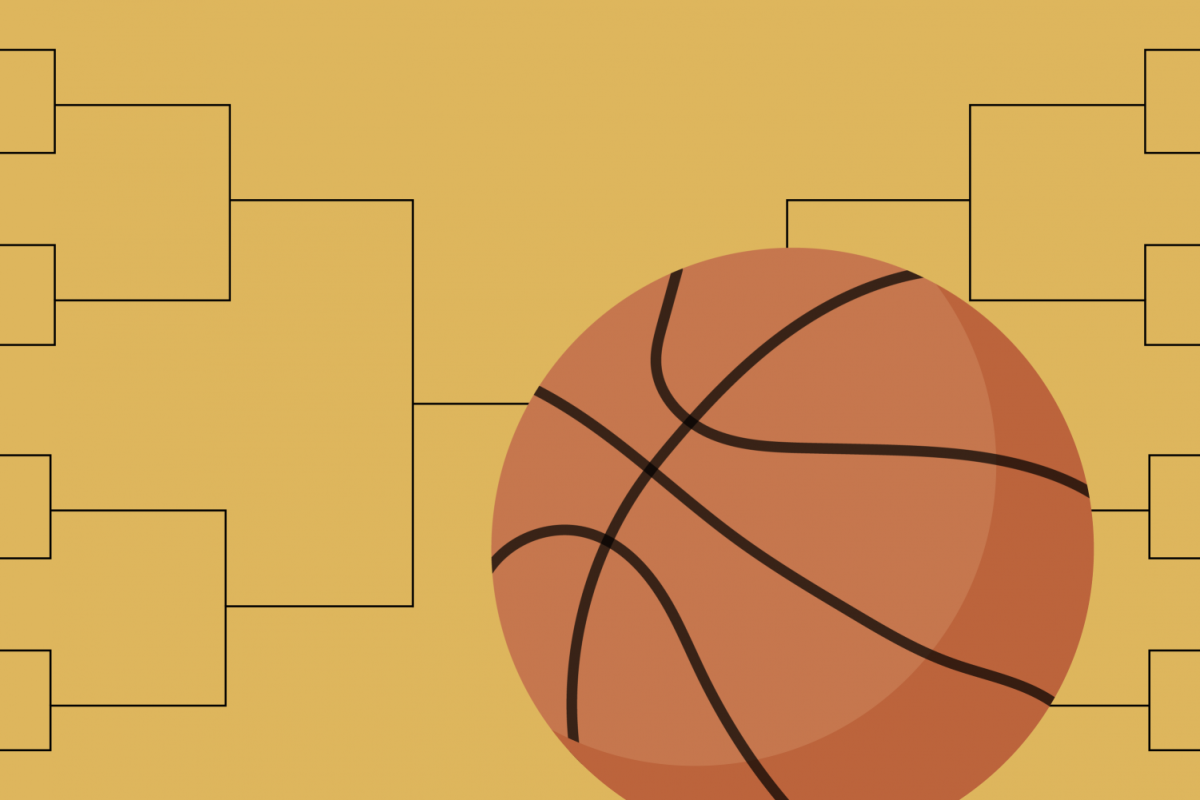Tyler Hilinski, sophomore quarterback for the Washington State Cougars, was found dead by police from an apparent suicide. His shocking death is a tragedy for college athletic programs throughout the country, in regards to the mental health of athletes.
After interviewing Hilinski’s family members to gain insight, police were unable to come any closer to an answer as to why the Cougar’s starting quarterback was driven to harm himself in such a startling fashion.
Aidan Smith is a sophomore on the Seattle University Track and Field team. He encourages others to not be fooled by seemingly calm and collected attitudes. “It’s sad because someone who looks so strong and composed on the outside can be fighting something within them that makes them so vulnerable.”
In an article from ESPN, Dr. Brian Hainline, the NCAA’s first chief medical officer, reveals his concerns regarding student suicide, a serious problem that remains largely unsolved on college campuses.
The dangerous thing, Hainline explains, is how many people do not view athletes as people who are susceptible to mental illnesses such as depression. There is a misconception that athletes are somehow different than other people in terms of how they internalize pain and trauma. “The same problems that regular students have with mental health are the same problems student athletes have,” Hainline said.
Enna Selmanovic, who works on the NCAA Student Athlete Advisory Committee, believes that a lack of mental health education has rendered coaches and entire programs inept to deal with such a sensitive issue. “Getting athletes to know the resources are out there, that’s the biggest thing. Educating staff and coaches is just as important because they are the ones who are going to notice when performance is slipping,” Selmanovic said. Of the 35 athlete suicides that occurred from 2009-15, she found that 29 of them were male and 13 played football. Hilinski fell into both of these demographics.

Collegiate student-athletes have a lower suicide rate than that of other collegiate populations; however, the topic of mental illness continues to be an underdeveloped issue that needs attention.
Seattle U athletic trainer Matthew Bussman offered a positive outlook in terms of how student athletes can find support for mental distress.
“A university environment is so much about close knit community, it would be really hard to isolate yourself unless you were not involved in an organization or group that would give you an opportunity for high levels of interaction,” Bussman said. “Student athletes are together a lot. They travel together, they know each other very well for four—sometimes five—years. If something is going on with an athlete, whether they’re failing a class or going through a family tragedy, their team provides support.”
According to a study done by the National Institute of Health, NCAA athletes appear to be at a lower level of risk for suicide than non-athletes of the same age. Bussman explained the changes he desires to see campus-wide, since most college athletes receive adequate mental health education.
“My hope is that the focus on suicide will stem out from college athletics . . . focusing on how we can empower athletes to bring a certain level of care and oversight to their own campus. When they’re working with a lab partner or someone on their floor, maybe they can see some of the signs they’ve been taught about and reach out,” Bussman said.
Colton Kaiser, Seattle U strength and conditioning coach, stated how mental wellness is key for athletic performance. “I’ve seen firsthand how a coach can emotionally run a team into the ground. Being tough is only good to a point. You have to be understanding, too,” Kaiser said.
Mental health resources and education are critical to a college athlete’s success. Perhaps tragic stories like Hilinski’s can be avoided as college athletes learn to foster a sense of community on college campuses.
The editors may be reached at
[email protected]







![The 2024 NBA Playoffs’ Best Moment May Be the First Round [Opinion]](https://seattlespectator.com/wp-content/uploads/2024/04/NBAPlayoffWeb-1200x791.jpg)



